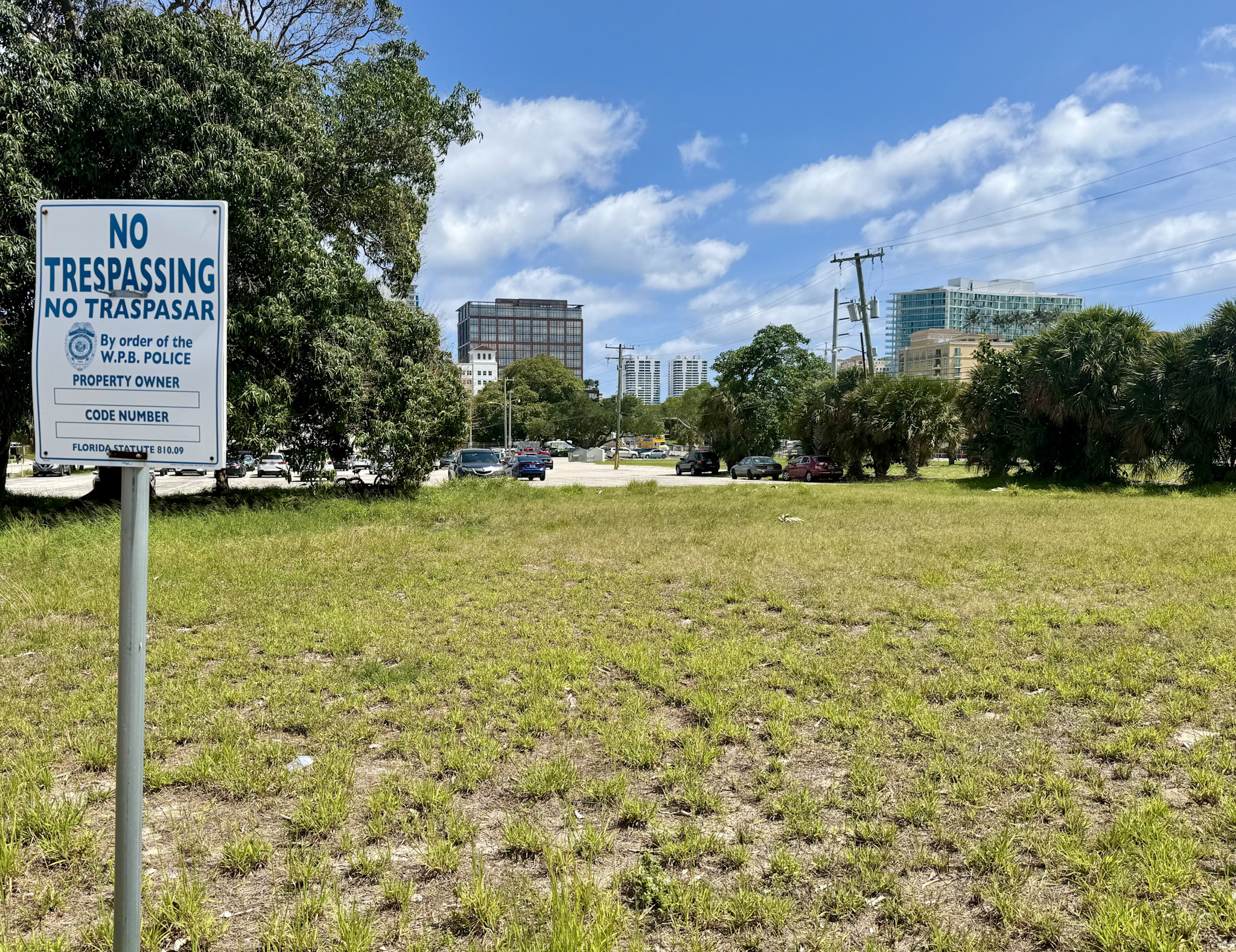Report on Regional Air Quality and Sustainable Development Goal Implications
An analysis of recent air quality alerts across several U.S. states, including Texas, Colorado, Wyoming, Idaho, Oregon, and Arizona, reveals significant challenges to public health and environmental stability. These incidents, stemming from high ozone levels and wildfire smoke, directly intersect with several United Nations Sustainable Development Goals (SDGs), particularly those concerning health, sustainable cities, and climate action.
Analysis of Air Quality Incidents
Ozone-Related Alerts
The Texas Commission on Environmental Quality declared an ozone action day for the Dallas-Fort Worth metropolitan area due to atmospheric conditions conducive to producing high levels of ground-level ozone. A similar alert for unhealthy ozone concentrations was issued for the Phoenix metropolitan area in Arizona. These events highlight the ongoing challenge of urban air pollution.
Wildfire Smoke-Related Alerts
Air quality was severely impacted by wildfire smoke in multiple states. The primary sources and affected areas include:
- Colorado: Smoke from the Stoner Mesa Fire and the Derby Fire affected several counties.
- Wyoming: The Dollar Lake Wildfire caused smoke to spread across western and central parts of the state.
- Idaho: Multiple counties and the Nez Perce Reservation were under alert due to regional wildfire smoke.
- Oregon: Alerts were issued for impacts from both wildfire smoke and ozone.
Connection to United Nations Sustainable Development Goals (SDGs)
SDG 3: Good Health and Well-being
The air quality alerts are a direct response to threats against public health, aligning with SDG 3, which aims to ensure healthy lives and promote well-being for all. The health risks associated with ozone and smoke pollution underscore the importance of Target 3.9, which seeks to substantially reduce the number of deaths and illnesses from hazardous chemicals and air, water, and soil pollution.
Health Impacts and Vulnerable Populations
The Environmental Protection Agency (EPA) identifies several health risks from ozone exposure, directly impacting the achievement of SDG 3:
- Coughing and difficulty breathing
- Inflamed and damaged airways
- Exacerbation of conditions like asthma
The alerts specifically noted that children, older adults, and individuals with pre-existing respiratory or heart conditions are most at risk, emphasizing the SDG principle of leaving no one behind.
SDG 11: Sustainable Cities and Communities
The ozone action day in the Dallas-Fort Worth area directly relates to SDG 11, particularly Target 11.6, which aims to reduce the adverse per capita environmental impact of cities, including by paying special attention to air quality. The recommended actions to mitigate pollution are central to creating sustainable urban environments.
Promoting Sustainable Urban Practices
Officials advised residents to adopt behaviors that support the goals of SDG 11:
- Sustainable Transport: Encouraging ride-sharing, walking, and biking over single-occupancy vehicle use.
- Reduced Emissions: Advising against idling in drive-thru lanes and promoting proper vehicle maintenance to reduce pollutants.
SDG 13: Climate Action & SDG 15: Life on Land
The widespread wildfires are a critical issue for both SDG 13 (Climate Action) and SDG 15 (Life on Land). Rising global temperatures, a focus of SDG 13, contribute to conditions that increase the frequency and intensity of wildfires. These fires, such as the Stoner Mesa Fire (10,197 acres) and the Dollar Lake Wildfire (8,660 acres), cause significant degradation to forests and ecosystems, directly impacting the targets of SDG 15, which aims to protect, restore, and promote sustainable use of terrestrial ecosystems.
Analysis of Sustainable Development Goals in the Article
1. Which SDGs are addressed or connected to the issues highlighted in the article?
-
SDG 3: Good Health and Well-being
- The article directly connects air pollution to human health. It mentions that the Environmental Protection Agency (EPA) warns of health problems caused by ozone, such as “coughing, difficulty breathing, and inflamed and damaged airways.” It also identifies vulnerable groups, including “those with asthma, children, older adults,” and people with heart disease, linking environmental quality to public health.
-
SDG 11: Sustainable Cities and Communities
- The focus of the air quality alerts is on major urban areas, including the “Dallas-Fort Worth area” and the “Phoenix metropolitan area.” The article discusses the challenge of managing air quality in these cities, where high levels of ozone pollution create unhealthy living conditions for millions of residents.
-
SDG 13: Climate Action
- The article discusses climate-related hazards. It attributes air quality issues in several states (Colorado, Wyoming, Idaho, Oregon) to “wildfire smoke.” Wildfires are natural disasters often exacerbated by climate change-induced conditions like higher temperatures and drought. The formation of ground-level ozone is also linked to “sunlight and higher temperatures,” which are related to climate patterns.
-
SDG 15: Life on Land
- The article explicitly mentions the impact of wildfires on terrestrial ecosystems. It quantifies the land area burned by specific fires, such as the “Stoner Mesa Fire” (10,197 acres) and the “Derby Fire” (4,312 acres), highlighting the degradation of forests and land.
2. What specific targets under those SDGs can be identified based on the article’s content?
-
Target 3.9: Substantially reduce the number of deaths and illnesses from hazardous chemicals and air, water and soil pollution and contamination.
- The article’s core theme is the health risk from air pollution. The issuance of an “air quality alert” and an “ozone action day” is a direct response to pollution levels that can cause illness. The text details the specific health problems and identifies at-risk populations, aligning with the goal of reducing illness from air pollution.
-
Target 11.6: Reduce the adverse per capita environmental impact of cities, including by paying special attention to air quality.
- The article focuses on poor air quality in cities like Dallas-Fort Worth and Phoenix due to “unhealthy concentrations of ozone.” The advice for residents to “ride sharing, walking, biking, avoiding drive-thru lanes” is aimed at reducing the environmental impact of urban activities to improve air quality, directly addressing this target.
-
Target 13.1: Strengthen resilience and adaptive capacity to climate-related hazards and natural disasters.
- The air quality alerts issued by the National Weather Service (NWS) function as an early warning system for a climate-related hazard (wildfire smoke and high ozone levels). The advice for people to “remain indoors” is a measure to enhance the adaptive capacity of the population to these hazardous conditions.
-
Target 15.2: Promote the implementation of sustainable management of all types of forests, halt deforestation, restore degraded forests and substantially increase afforestation and reforestation globally.
- The article reports on multiple large-scale wildfires, such as the “Dollar Lake Wildfire,” which are actively destroying thousands of acres of forests in Wyoming, Colorado, and Idaho. This loss of forest cover is a direct counteraction to the goal of halting deforestation and managing forests sustainably.
3. Are there any indicators mentioned or implied in the article that can be used to measure progress towards the identified targets?
-
Indicator for Target 3.9 (and 11.6): Annual mean levels of fine particulate matter and ozone in cities.
- The article implies this indicator through the issuance of an “ozone action day” and alerts for “unhealthy concentrations of ozone.” These alerts are triggered when pollution levels exceed a specific, health-based threshold. Therefore, the frequency and severity of these alerts serve as a direct measure of air quality and its health impact.
-
Indicator for Target 13.1: Adoption and implementation of national and local disaster risk reduction strategies.
- The coordinated effort by the National Weather Service (NWS) and the Texas Commission on Environmental Quality to issue “air quality alerts” and provide actionable advice to the public (“help prevent pollution by taking actions including ride sharing, walking, biking”) is a clear example of an implemented local disaster risk reduction strategy.
-
Indicator for Target 15.2: Proportion of land that is degraded over total land area.
- The article provides specific data that can be used for this indicator. It states the exact number of acres burned by wildfires, such as the “Stoner Mesa and Derby Hires had burned 10,197 acres and 4,312 acres, respectively.” This quantifies the extent of land and forest degradation caused by these events.
4. Summary Table of SDGs, Targets, and Indicators
| SDGs | Targets | Indicators |
|---|---|---|
| SDG 3: Good Health and Well-being | Target 3.9: Substantially reduce deaths and illnesses from air pollution. | The issuance of “air quality alerts” and “ozone action days” based on pollution levels exceeding health-based standards, and warnings about specific health problems like “difficulty breathing.” |
| SDG 11: Sustainable Cities and Communities | Target 11.6: Reduce the adverse per capita environmental impact of cities, paying special attention to air quality. | Reports of “unhealthy concentrations of ozone” in metropolitan areas like Dallas-Fort Worth and Phoenix, and public advice to reduce pollution via ride-sharing and biking. |
| SDG 13: Climate Action | Target 13.1: Strengthen resilience and adaptive capacity to climate-related hazards and natural disasters. | The implementation of an early warning system through “air quality alerts” by the NWS for hazards like wildfire smoke and high ozone levels. |
| SDG 15: Life on Land | Target 15.2: Halt deforestation and restore degraded forests. | Specific data on forest degradation, such as the “Stoner Mesa Fire” burning 10,197 acres and the “Derby Fire” burning 4,312 acres. |
Source: newsweek.com







